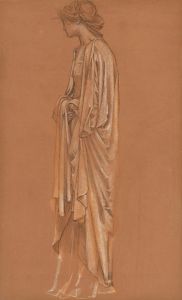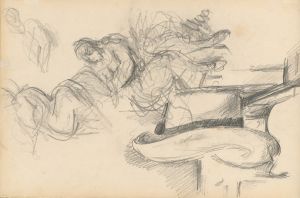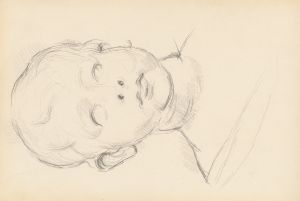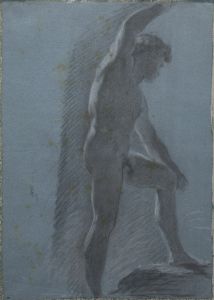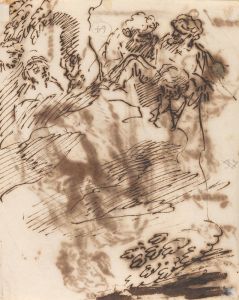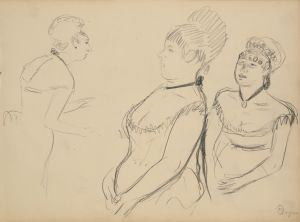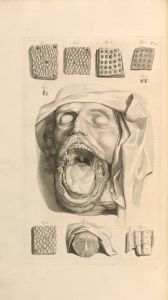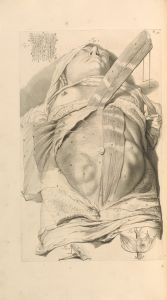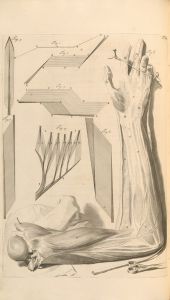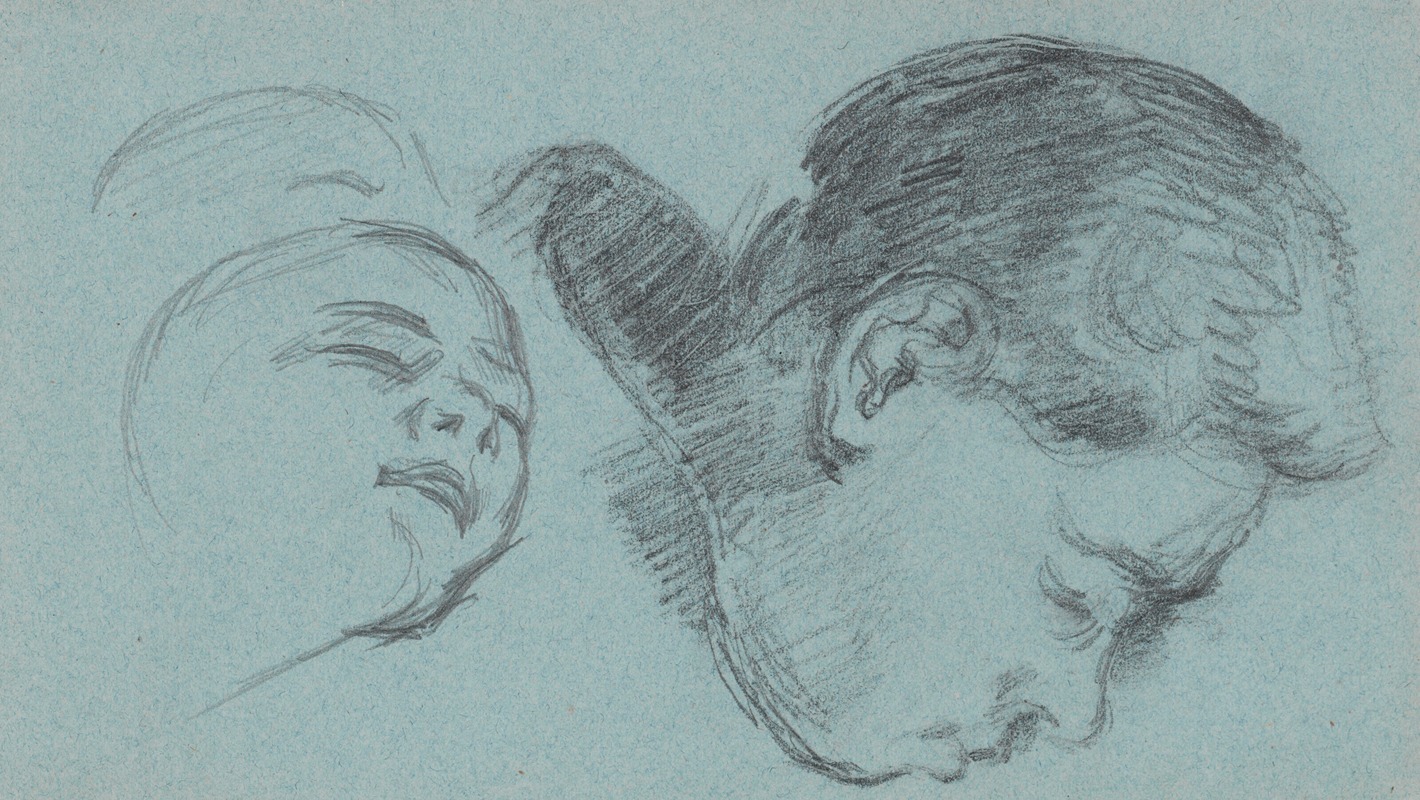
Études de têtes
A hand-painted replica of Paul Cézanne’s masterpiece Études de têtes, meticulously crafted by professional artists to capture the true essence of the original. Each piece is created with museum-quality canvas and rare mineral pigments, carefully painted by experienced artists with delicate brushstrokes and rich, layered colors to perfectly recreate the texture of the original artwork. Unlike machine-printed reproductions, this hand-painted version brings the painting to life, infused with the artist’s emotions and skill in every stroke. Whether for personal collection or home decoration, it instantly elevates the artistic atmosphere of any space.
"Études de têtes" (Studies of Heads) is a work by the renowned French Post-Impressionist artist Paul Cézanne. Known for his distinctive approach to form and color, Cézanne's work laid the foundation for the transition from 19th-century artistic concepts to a radically different world of art in the 20th century. Although "Études de têtes" is not as widely discussed as some of his other masterpieces, it provides insight into his artistic process and his exploration of human figures.
Paul Cézanne was born on January 19, 1839, in Aix-en-Provence, France. He was a pivotal figure in the development of modern art, bridging the gap between Impressionism and Cubism. His work is characterized by a meticulous approach to composition, color, and brushwork, which can be seen in his studies and sketches as well as his finished paintings.
"Études de têtes" is a study, which means it was likely created as a preparatory work or an exploration of form and expression. Cézanne often used studies to experiment with different techniques and to understand the structure of his subjects more deeply. This particular work focuses on the human head, a subject that Cézanne revisited throughout his career. His interest in the human form was not just about capturing likeness but also about understanding the underlying structure and conveying a sense of volume and space.
Cézanne's approach to painting was methodical and deliberate. He often worked slowly, building up layers of paint to achieve the desired effect. This technique allowed him to explore the interplay of light and shadow, creating a sense of depth and dimensionality. In "Études de têtes," one can observe his careful attention to the planes of the face and the subtle gradations of color that define the features.
The significance of "Études de têtes" lies in its demonstration of Cézanne's evolving style. While it may not have the immediate visual impact of his more famous works like "Mont Sainte-Victoire" or "The Card Players," it reflects his ongoing quest to capture the essence of his subjects through a balance of form and color. This study is a testament to his belief that art should not merely imitate nature but should represent a deeper truth about the subject.
Cézanne's influence on subsequent generations of artists cannot be overstated. His innovative use of color and form inspired artists such as Pablo Picasso and Georges Braque, who would go on to develop Cubism. Cézanne's work also had a profound impact on the Fauvist movement, with artists like Henri Matisse drawing inspiration from his bold use of color and expressive brushwork.
In summary, "Études de têtes" is an example of Paul Cézanne's dedication to exploring the complexities of human form and expression. While it may not be as widely recognized as some of his other works, it provides valuable insight into his artistic process and his contribution to the evolution of modern art. Through studies like this, Cézanne pushed the boundaries of traditional painting, paving the way for new artistic movements and leaving a lasting legacy on the art world.





